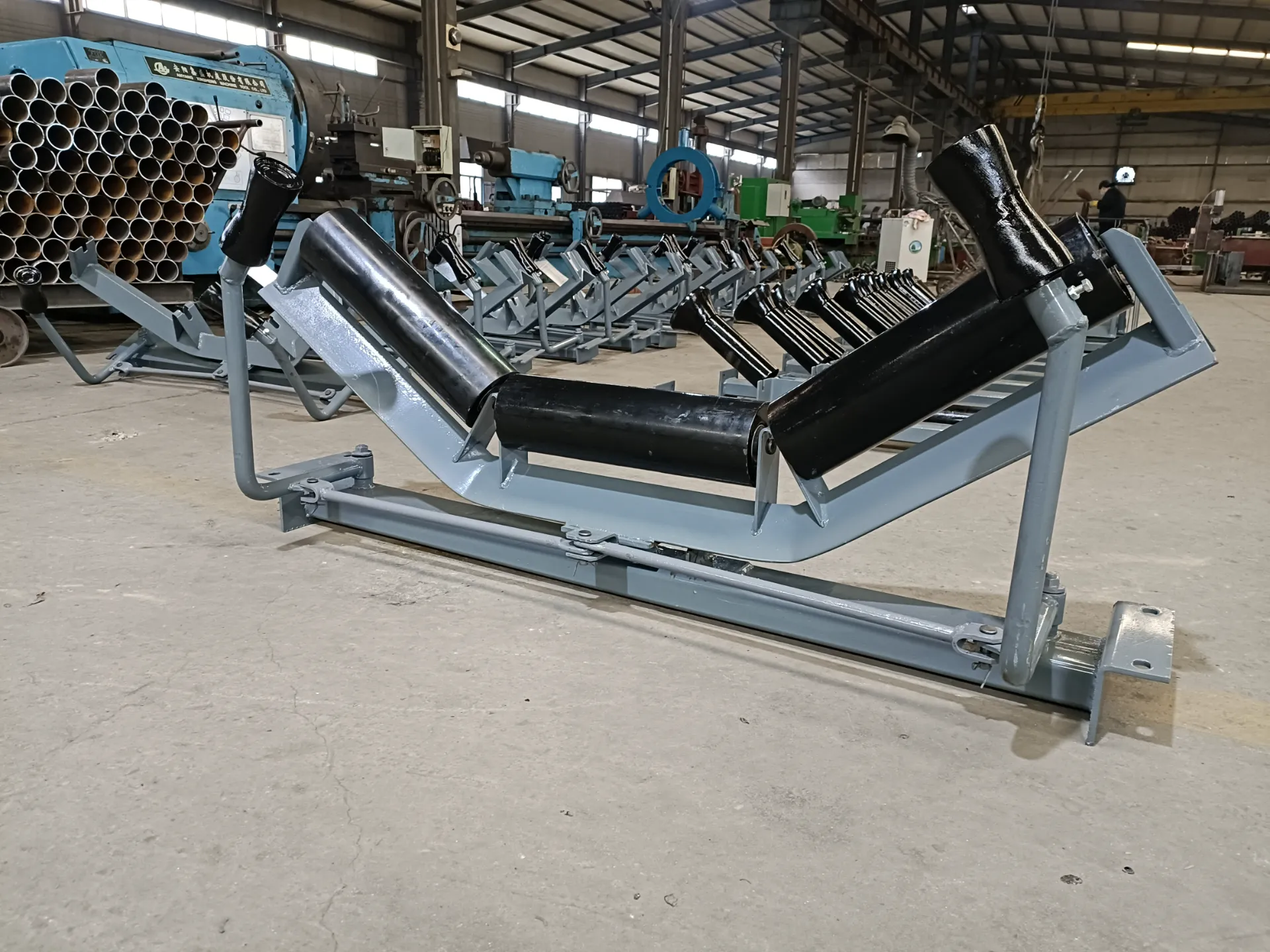 Afrikaans
Afrikaans  Albanian
Albanian  Amharic
Amharic  Arabic
Arabic  Armenian
Armenian  Azerbaijani
Azerbaijani  Basque
Basque  Belarusian
Belarusian  Bengali
Bengali  Bosnian
Bosnian  Bulgarian
Bulgarian  Catalan
Catalan  Cebuano
Cebuano  Corsican
Corsican  Croatian
Croatian  Czech
Czech  Danish
Danish  Dutch
Dutch  English
English  Esperanto
Esperanto  Estonian
Estonian  Finnish
Finnish  French
French  Frisian
Frisian  Galician
Galician  Georgian
Georgian  German
German  Greek
Greek  Gujarati
Gujarati  Haitian Creole
Haitian Creole  hausa
hausa  hawaiian
hawaiian  Hebrew
Hebrew  Hindi
Hindi  Miao
Miao  Hungarian
Hungarian  Icelandic
Icelandic  igbo
igbo  Indonesian
Indonesian  irish
irish  Italian
Italian  Japanese
Japanese  Javanese
Javanese  Kannada
Kannada  kazakh
kazakh  Khmer
Khmer  Rwandese
Rwandese  Korean
Korean  Kurdish
Kurdish  Kyrgyz
Kyrgyz  Lao
Lao  Latin
Latin  Latvian
Latvian  Lithuanian
Lithuanian  Luxembourgish
Luxembourgish  Macedonian
Macedonian  Malgashi
Malgashi  Malay
Malay  Malayalam
Malayalam  Maltese
Maltese  Maori
Maori  Marathi
Marathi  Mongolian
Mongolian  Myanmar
Myanmar  Nepali
Nepali  Norwegian
Norwegian  Norwegian
Norwegian  Occitan
Occitan  Pashto
Pashto  Persian
Persian  Polish
Polish  Portuguese
Portuguese  Punjabi
Punjabi  Romanian
Romanian  Russian
Russian  Samoan
Samoan  Scottish Gaelic
Scottish Gaelic  Serbian
Serbian  Sesotho
Sesotho  Shona
Shona  Sindhi
Sindhi  Sinhala
Sinhala  Slovak
Slovak  Slovenian
Slovenian  Somali
Somali  Spanish
Spanish  Sundanese
Sundanese  Swahili
Swahili  Swedish
Swedish  Tagalog
Tagalog  Tajik
Tajik  Tamil
Tamil  Tatar
Tatar  Telugu
Telugu  Thai
Thai  Turkish
Turkish  Turkmen
Turkmen  Ukrainian
Ukrainian  Urdu
Urdu  Uighur
Uighur  Uzbek
Uzbek  Vietnamese
Vietnamese  Welsh
Welsh  Bantu
Bantu  Yiddish
Yiddish  Yoruba
Yoruba  Zulu
Zulu belt and pulley drive
Belt and Pulley Drive Systems An Overview
Belt and pulley drive systems are fundamental components in mechanical engineering, providing a reliable method for transferring power between rotating shafts. These systems convert rotational motion and torque from one source to another, often used in a wide range of applications from simple machinery to complex manufacturing equipment.
Basics of Belt and Pulley Systems
At the heart of any belt and pulley system are two primary components belts and pulleys. The pulley is a wheel on an axle or shaft that is designed to support movement and change the direction of force. It is usually grooved to accommodate a belt, which is typically made of flexible and durable materials such as rubber or synthetic fibers. When the pulley rotates, the belt transfers motion to other pulleys, effectively transmitting power.
The system relies on the tension in the belt to maintain contact with the pulleys. The interaction between the belt and pulley is crucial for efficient power transmission. Proper alignment and tension help to minimize wear and tear, ensure smooth operation, and enhance overall system longevity.
Types of Belts
There are different types of belts used in belt and pulley drive systems, each tailored for specific applications. The most common types include
1. Flat Belts These are simple and commonly used in light-duty applications. Flat belts are ideal for transmitting power over relatively short distances.
2. V-Belts Shaped like a V, these belts fit snugly into the grooved pulley and provide a more significant surface area for contact. This design increases friction and can handle higher loads, making V-belts suitable for a variety of applications ranging from automotive engines to household appliances.
3. Timing Belts Equipped with teeth that mesh with corresponding grooves on pulleys, timing belts ensure precise synchronization between shafts. This feature is particularly important in applications like engines and robotics, where timing is critical.
Advantages of Belt and Pulley Drive Systems
The popularity of belt and pulley systems can be attributed to several key advantages
belt and pulley drive

1. Flexibility These systems can easily handle varying distances and angles between the driving and driven shafts. This adaptability makes them suitable for diverse machine designs.
2. Vibration Dampening The elasticity of belts helps absorb shocks and vibrations that occur during operation, resulting in smoother performance and reduced noise levels.
3. Maintenance Belt systems require relatively low maintenance compared to other drive systems like gear drives. With regular inspections and proper tension adjustment, belts can operate efficiently for extended periods.
4. Cost-Effectiveness Generally, belt and pulley systems are more economical to produce and install than alternative systems, which makes them attractive for a wide range of industries.
Applications
Belt and pulley drive systems are used in numerous applications across different sectors. Common uses can be found in
- Automobiles In engines, timing belts and serpentine belts drive various components such as alternators, water pumps, and air conditioning compressors.
- Industrial Machinery Conveyor systems, textile machines, and manufacturing equipment often utilize these drives for efficient power transfer.
- Home Appliances Devices such as washing machines and vacuum cleaners employ belt drives to manage the motion of rotating parts.
Conclusion
In summary, belt and pulley drive systems play an essential role in modern engineering and machinery. With their flexibility, efficiency, and relatively low maintenance requirements, they provide an effective means of power transmission across various applications. As technology evolves, advancements in materials and design continue to enhance the performance and applications of belt and pulley systems, ensuring their relevance in the future of mechanical engineering. Whether in industrial settings or household appliances, these systems remain indispensable tools for powering our everyday machines.
-
Revolutionizing Conveyor Reliability with Advanced Rubber Lagging PulleysNewsJul.22,2025
-
Powering Precision and Durability with Expert Manufacturers of Conveyor ComponentsNewsJul.22,2025
-
Optimizing Conveyor Systems with Advanced Conveyor AccessoriesNewsJul.22,2025
-
Maximize Conveyor Efficiency with Quality Conveyor Idler PulleysNewsJul.22,2025
-
Future-Proof Your Conveyor System with High-Performance Polyurethane RollerNewsJul.22,2025
-
Driving Efficiency Forward with Quality Idlers and RollersNewsJul.22,2025





























